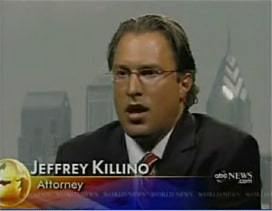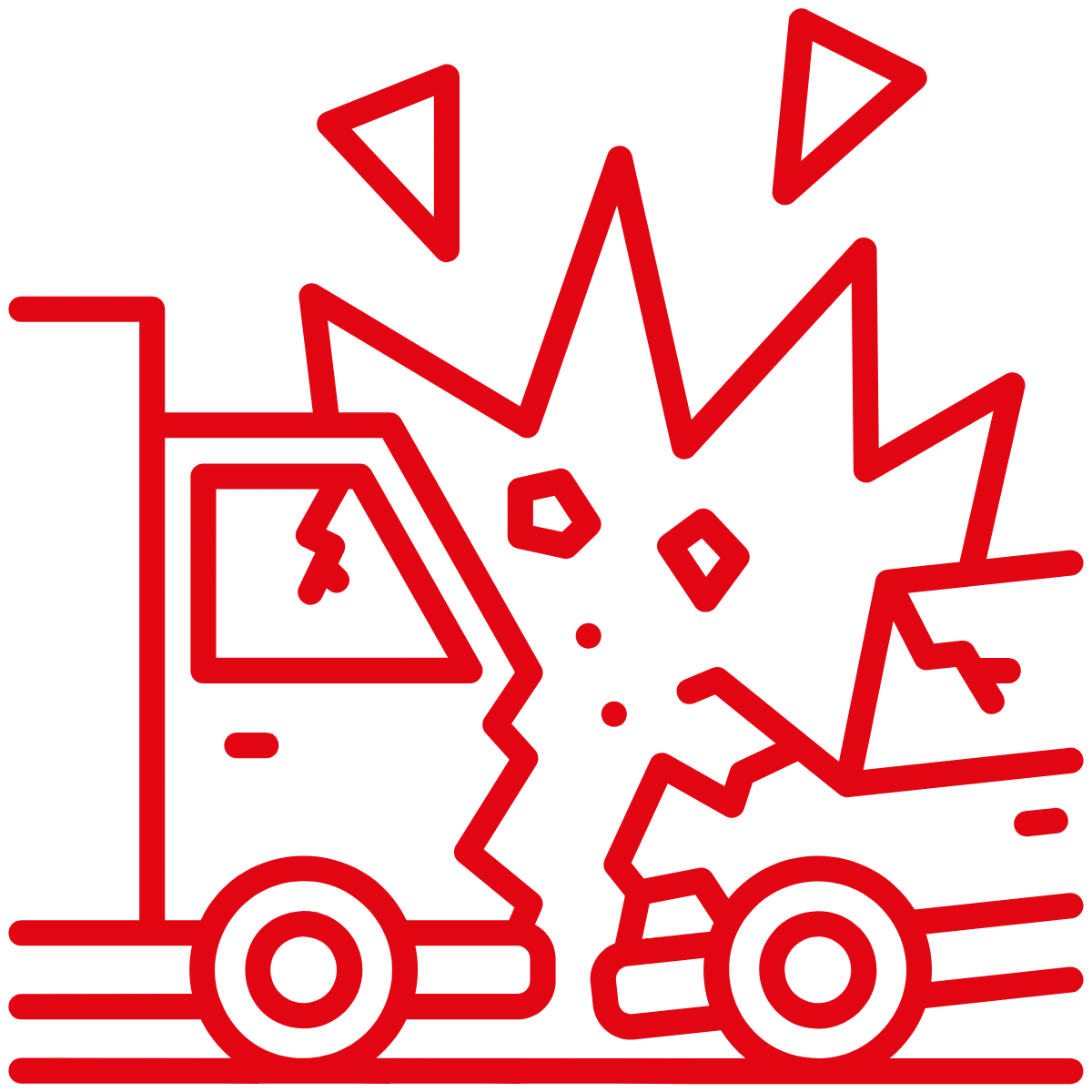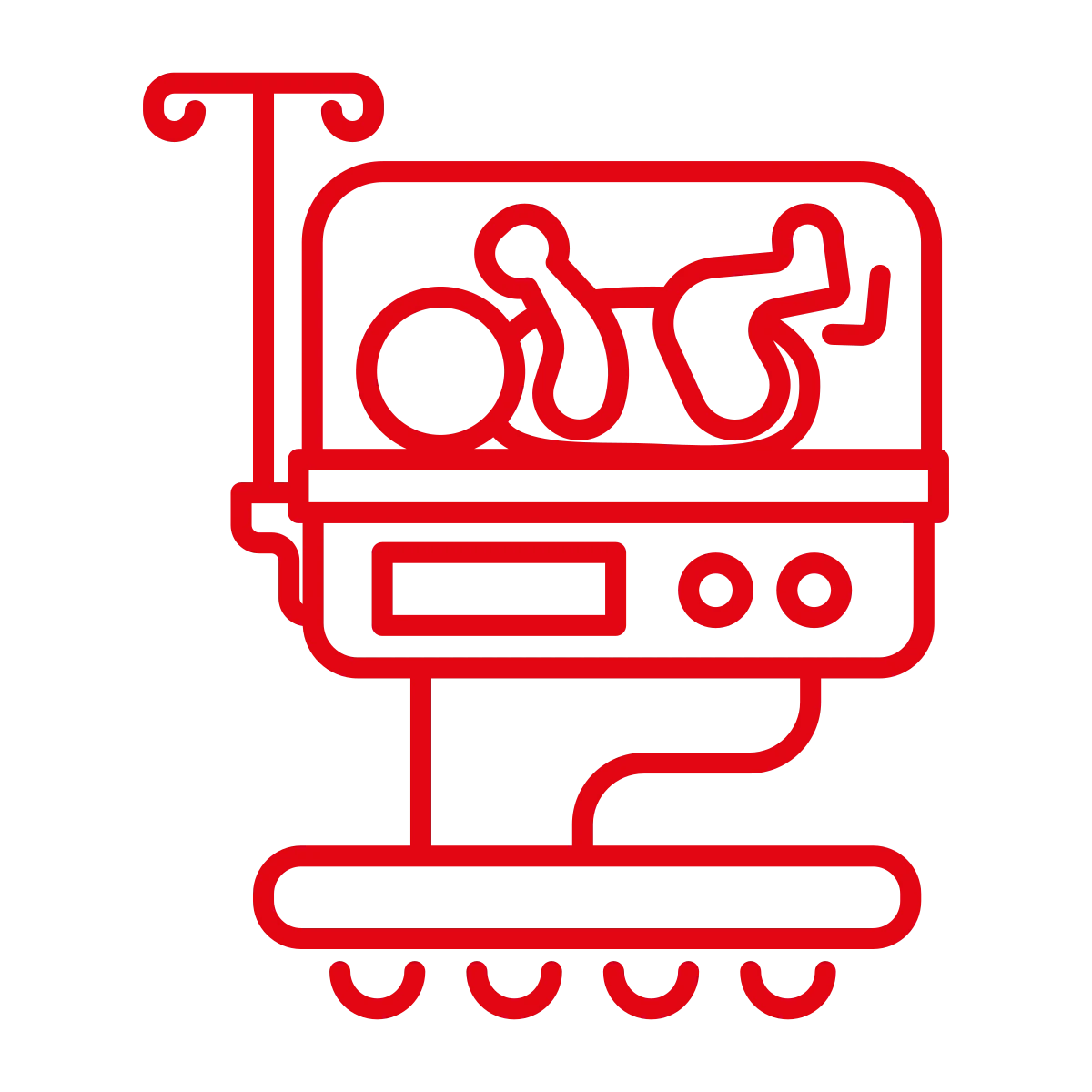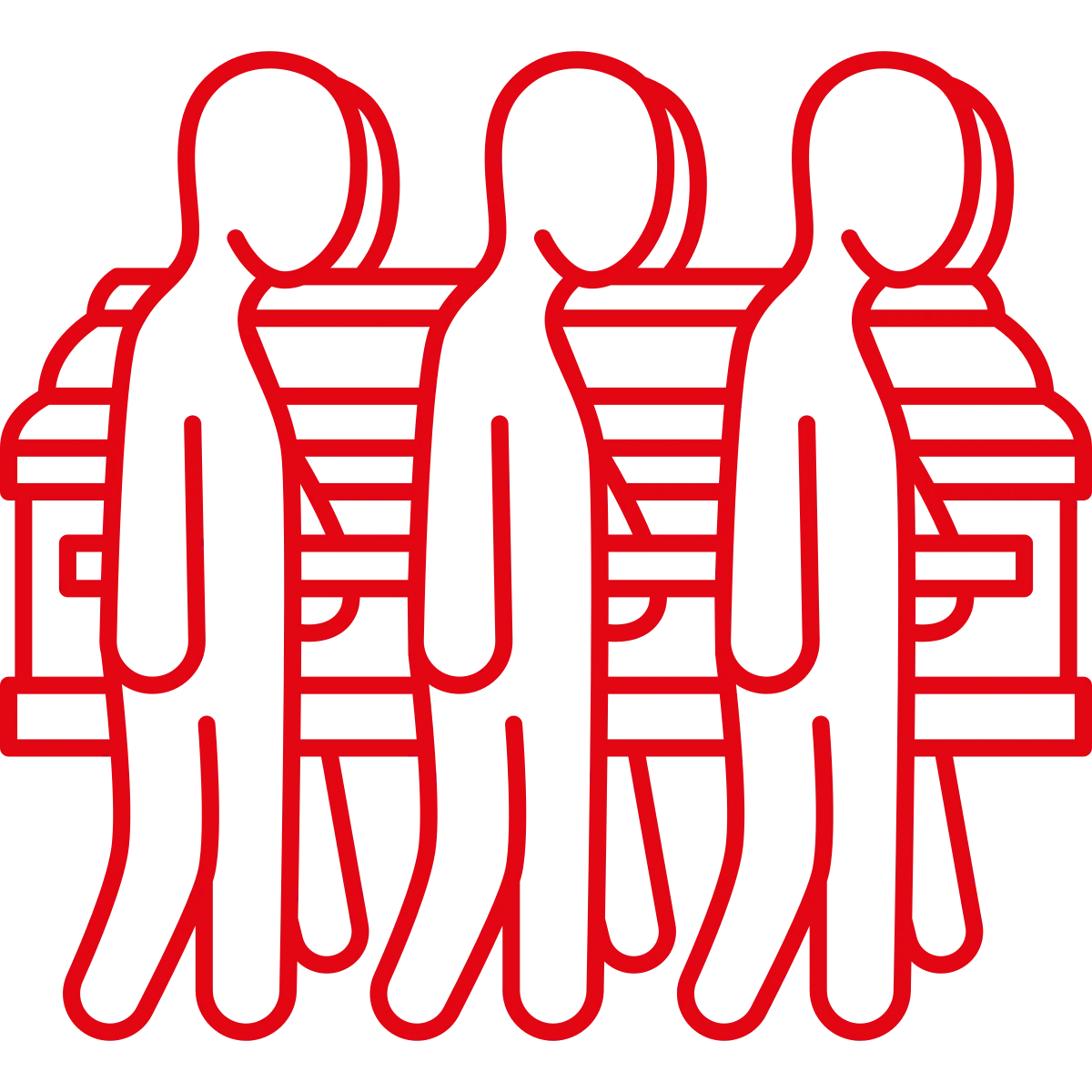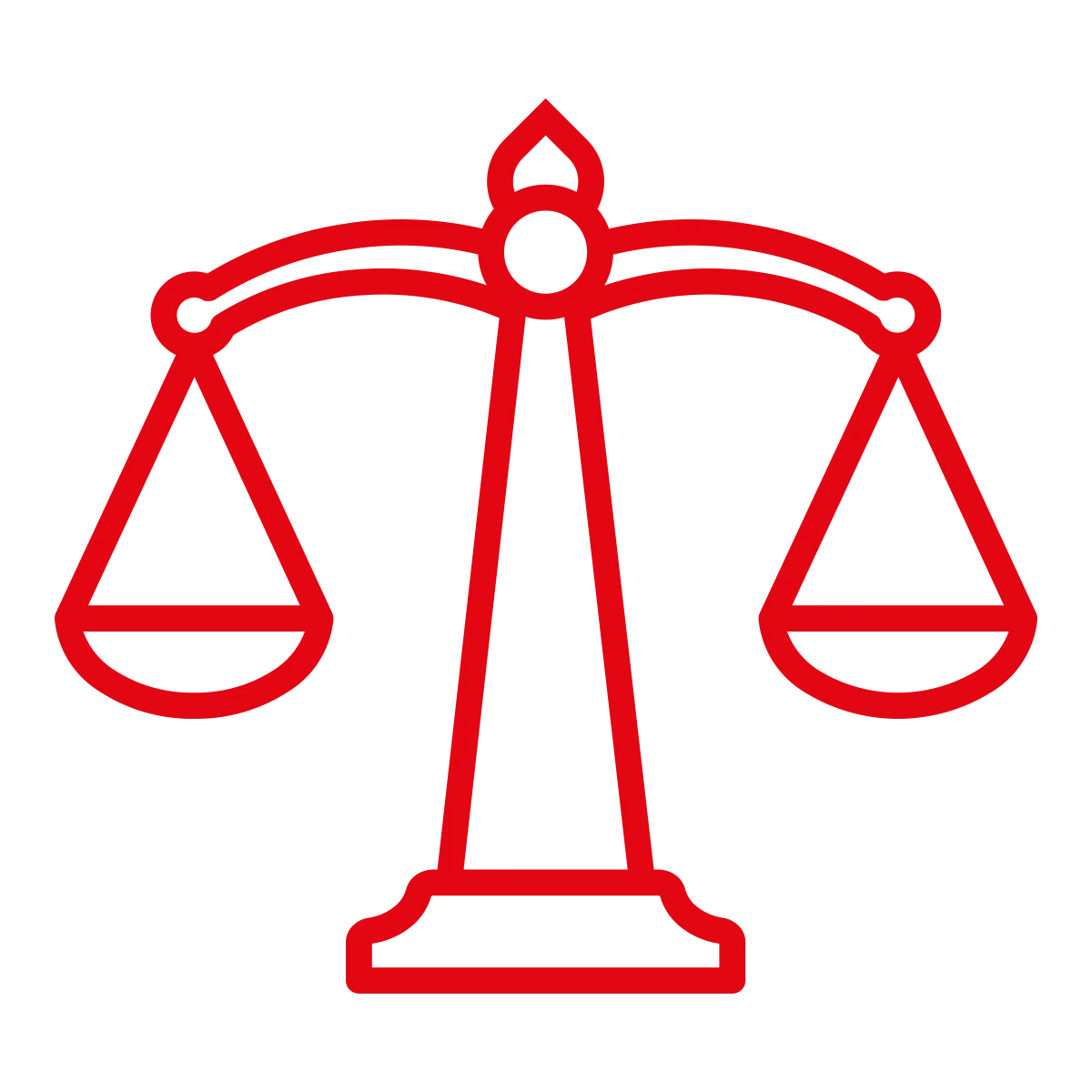Yes, no, maybe, it depends on how you define safe, which state you live in, and how a dispute of Solomonic proportions between state and federal regulators plays out. One year after Mattel, among other toy makers, was forced to recall millions of toxic toys, parents, manufacturers, retailers and regulators are in the midst of confusion that may not only fail to improve safety, but also could actually limit the availability of toys, even the safe ones.
What Makes a Toy Safe?
The first question is “what constitutes a safe toy”, or any other children’s product for that matter? Before the rash of recalls in 2007, “parents mistakenly believed that if a toy is on the store shelf it must be safe,” says Nancy Cowles, Executive Director of child safety watchdog “Kids in Danger.” “Today,” Cowles says, “the current selection of toys is safer because the recalls removed many unsafe toys from stores.” However she points out “there are still no new federal laws requiring third party testing and certification that a toy is safe.” And third party testing, she argues, is the key to safer toys.
Officials of the Consumer Product Safety Commission (CPSC) can offer little reassurance, noting that still today “consumers need to assess for themselves whether they feel the market is safer.” And child advocate attorney Jeffrey Killino echoes his clients’ frustrations that “we have recall after recall and parents don’t know which toys are safe. When is the next recall coming?”
We know that toys should not contain lead, or small pieces that cause choking, or magnets that are small and fatally powerful (though there is still no federal requirement for testing for magnets), or chemicals that the digestive system transforms into the “date rape” drug, as happened when children swallowed pieces of Chinese-made art kits.
Much has been learned about unsuspected safety hazards and regulatory snafus since the massive toy recalls of 2007. Before the Mattel scandal broke, parental radar was justifiably not on high alert for lead paint in toys; lead in toys had long been illegal. But parents and child safety watchdogs have become acutely aware of regulators’ and toy manufacturers’ failure to police the industry. Parents are demanding to know what other dangers lurk and what mechanisms are in place to detect and eliminate them before they harm children. As Cowles points out “we can’t regulate to pre-empt a danger that we haven’t identified.”
Common Toxins in Products
Recently we’ve learned about toxic PBA’s in baby bottles, concentrations of toxic PVC’s in the vinyl used for the air mattresses favored by campers, and just last month (July 2008) another crib recall alerted us to the thousands of unsafe cribs still being used in babies’ bedrooms. Manufacturers of children’s products do conduct safety testing, but their efforts are clearly insufficient, if not patently lax. “We continue to see far too many injuries related to children and toys,” says Scott Wolfson, Deputy Dir. of Office of Information & Public Affairs, CPSC, adding “while last year’s coverage was focused on lead, children are dying or getting seriously hurt with other types of products.”
Not only are unsafe toys still on the shelves, but also, as Killino points out, toy manufacturers are too slow to issue recalls, noting that “Mattel violated the CPSC’s 24 hour requirement for reporting hazards immediately.” As for the young victims of the faulty toys, Killino says manufacturers “need to step up and do what’s right by providing blood tests for children who ingested lead.” Killino filed the class action lawsuit seeking to compel Mattel to pay for lead testing in children who owned the tainted Mattel toys.
Wolfson says CPSC is getting increased funding. Yet it is widely viewed by safety advocates as continuing to be understaffed, under budgeted and overwhelmed by the volume of new products.
Toy Safety Legislation
And there is another wrinkle in the effort to define “safe toys.” Since last year’s toy recalls, the U.S. House and Senate have passed different product safety bills and are working on a compromise. But several state legislatures and regulatory agencies have implemented their own product safety rules. A key stumbling block to national safety standards is the extent to which federal regulations would override, or pre-empt, state regulations. “Kids in Danger” favors allowing states to react to emerging hazards by passing state regulations. “We are very worried about blanket federal pre-emption that would override all state laws, which would be a very bad thing”, says Executive Director Cowles.
Further complicating the safety issue is the dizzying possibility that each of 50 states will impose its own standards. According to the LA Times, eight states have passed highly restrictive safety regulations and they are all different. Manufacturers can’t affordably produce toys for individual states, and retailers with multi-state outlets warn they can’t stock different products for different states. Toymakers warn that a flood of rules will actually keep new “safe” toys off the market because they may meet some states’ standards but not others. Imagine parents facing the daunting task of crossing state lines to purchase this year’s must-have toy. The solution, Cowles says, is for toy manufacturers to adhere to the strictest standards, whether they are state or federal.
So parents continue to struggle with confusion over what constitutes “safe.” The most reassuring solution, according to Cowles, is independent third party testing and certification of all toys before they hit the shelf; in short, she says “regulations have to be coupled with third party testing.” Attorney Killino also calls for “stiffer penalties for manufacturers’ failure to detect dangers before toys hit the shelves.”
CPSC’s Wolfson says the agency is encouraging families to find ways to stay on top of recalls. To that end it established the Drive to One Million. “We’d like one million new parents and consumers signed up to receive news about recalls, free.” “All CPSC needs to know is an email address and what kinds of products you care about.”
As we wait for all of the concerned parties to work under the same, effective rules one thing is safe: we can expect to see many more toys recalled from the playpen.
Keep an eye on this space. We are paying attention to child safety recalls among many other child safety issues, along with federal and state regulations, and will keep you posted.

